Description
Control of traffic systems in buildings
By Sandor Markon, Hajime Kita, Hiroshi Kise and Thomas Bartz-Beielstein
The series of Control of traffic systems in buildings advances in Industrial Control aims to report and encourage technology transfer in control engineering.
The rapid development of control technology has an impact on all areas of the control discipline.
New theory, new controllers, actuators, sensors, new industrial processes, computer methods, new applications, new philosophies. . . , new challenges.
Much of this development work resides in industrial reports, feasibility study papers and the reports of advanced collaborative projects.
The series of Control of traffic systems in buildings offers an opportunity for researchers to present an extended exposition of such new work in all aspects of industrial control for wider and rapid dissemination.
The interplay between general theoretical methods and the industrial application is a very important part of the field of control engineering.
Sometimes the control problem can be described quite succinctly and mathematically, and the engineer is able to find an existing mathematical method to solve the problem with little modification. In other cases, the problem posed by the control application leads to new theoretical methods and a new engineering field emerges.
But sometimes the solution to the control problem posed by an application is a non-trivial extension of an existing theory–application interplay in this Advances in Industrial Control monograph by Sandor Markon, Hajime Kita, Hiroshi Kise and Thomas Bartz-Beielstein.
The applications area is that of transportation systems within buildings.
This Control of traffic systems in buildings covers a surprising range of systems: elevators, escalators, moving walkways, horizontal elevators, all for human passengers.
For cargo transportation there are specialized freight elevators, conveyor systems, autonomous guided vehicles and stacker cranes.
These systems are often integral components within larger systems with even nominally autonomous systems often being integrated within larger systems like factory, warehouse or, perhaps not so well known, hospital automation systems.
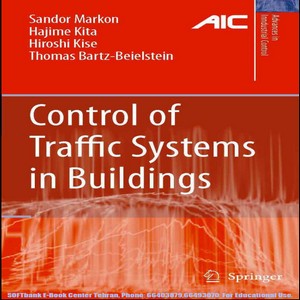
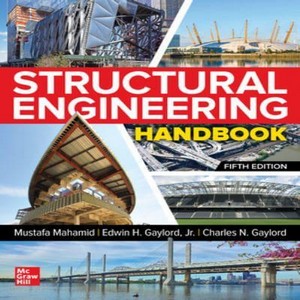
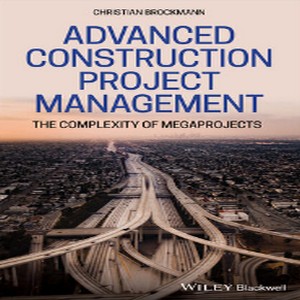
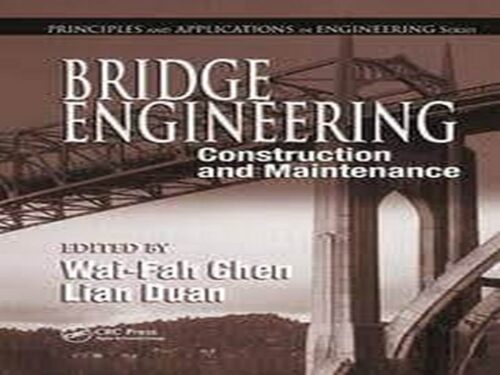
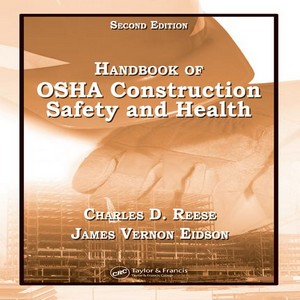
Reviews
There are no reviews yet.